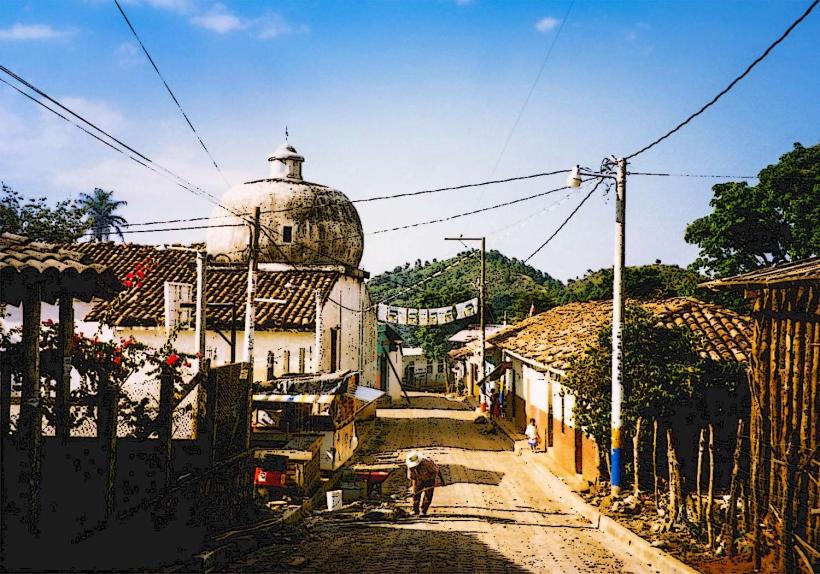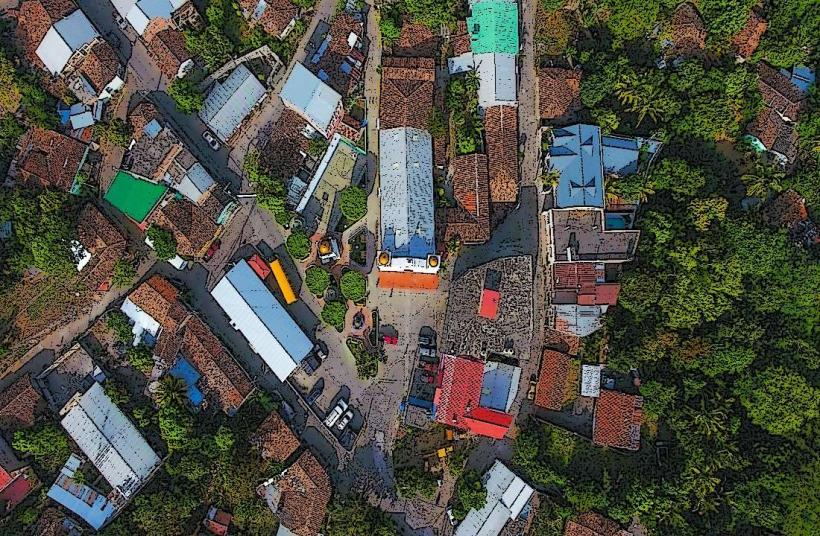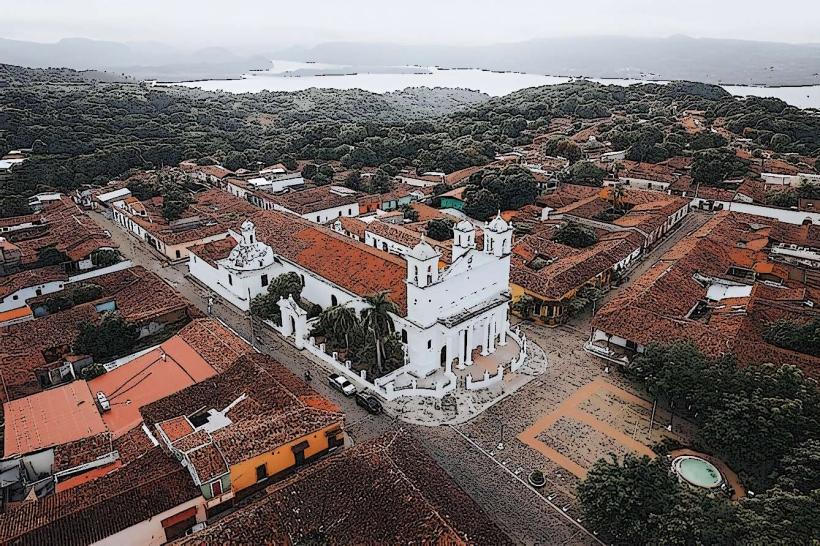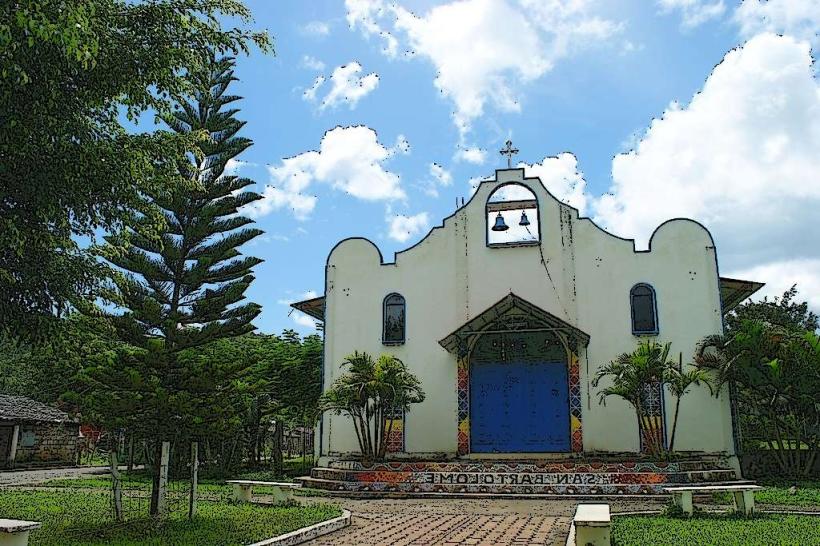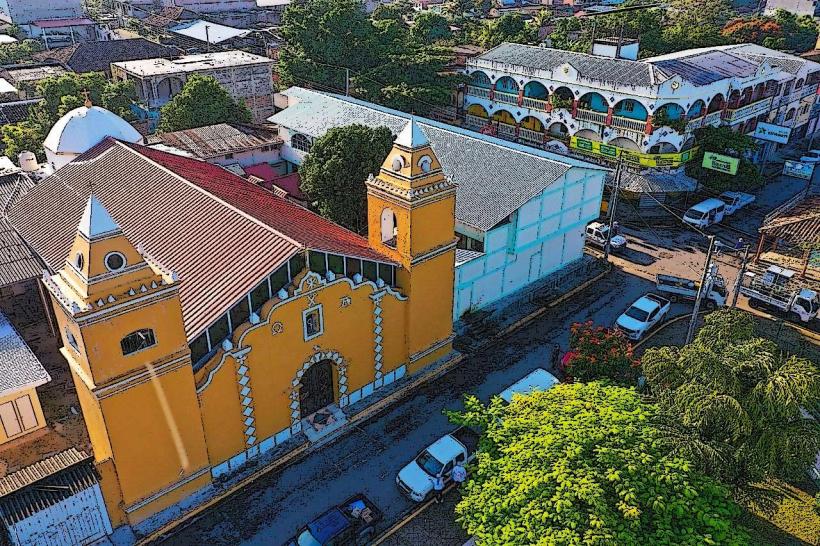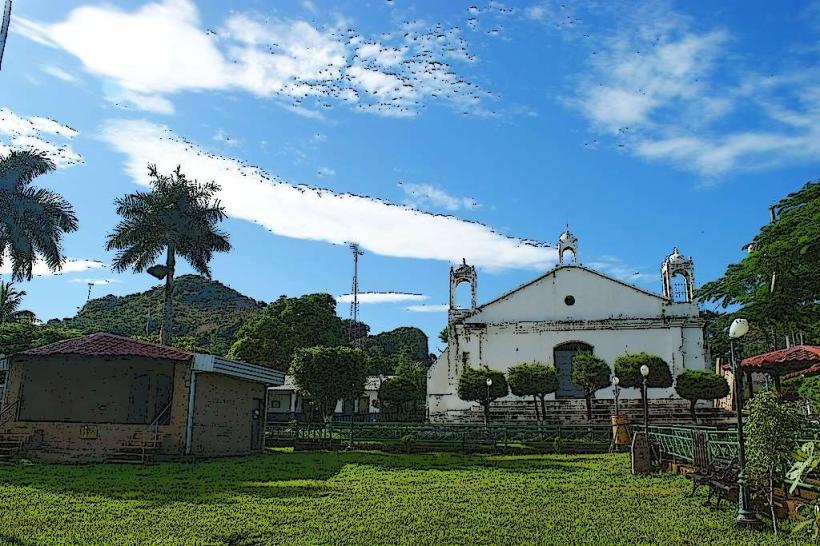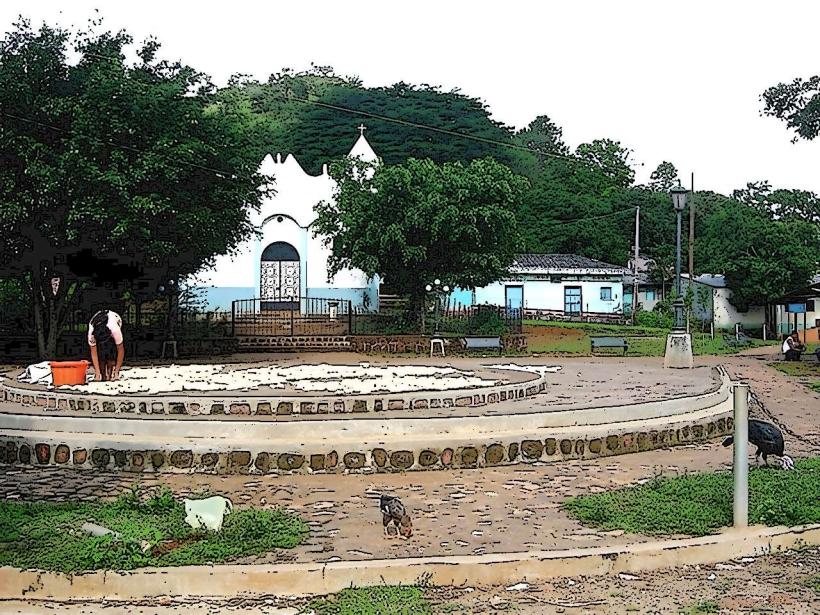Information
Landmark: Iglesia de CacaoperaCity: Morazan
Country: El Salvador
Continent: North America
Cacaopera Church (Iglesia de Cacaopera)
The Iglesia de Cacaopera, or Cacaopera Church, is a historical and cultural landmark located in the town of Cacaopera, in the Morazán department of El Salvador. This church stands as an important symbol of the town's religious history, architectural style, and its deep-rooted indigenous heritage.
Key Features of the Cacaopera Church
1. Historical Significance
- The church has historical importance not only for its role as a religious site but also for its cultural influence in the town. As with many churches in rural Salvadoran towns, it has long served as a center of worship, community gatherings, and a place for the preservation of local traditions.
- The Cacaopera Church is deeply intertwined with the local indigenous Lenca culture, reflecting the synthesis of Catholic and indigenous beliefs that developed over centuries, particularly during the colonial period.
2. Architectural Style
- The church is a reflection of colonial-era architecture, common in many Salvadoran towns. While it is modest in comparison to larger cathedrals, it still displays elements of Spanish colonial style, such as simple facades, wooden doors, and arched windows.
- The building has a traditional layout with a main nave, altar, and a small bell tower. Its interior is decorated with basic religious imagery, including paintings and statues of saints and biblical figures.
3. Religious and Cultural Role
- The Cacaopera Church continues to serve as an active place of worship, where local residents gather for masses, festivals, and ceremonial events. The church plays an essential role in the religious life of the town’s Lenca community, who maintain a strong connection to their Catholic faith.
- Local festivals and feasts, such as those dedicated to patron saints or Holy Week celebrations, often take place at the church, with the participation of the community.
- The church's significance extends beyond just its role as a religious building; it is a cultural center where the community gathers for various activities and celebrations.
4. Indigenous Influence
- The influence of the Lenca people can still be seen in the church’s surrounding areas, where indigenous traditions and customs blend with Catholic practices. Some of the rituals and celebrations held at the church may incorporate pre-Columbian elements alongside traditional Christian observances.
- Visitors may observe local indigenous customs that are part of the church’s celebrations, such as dances, processions, and traditional songs that reflect the town's heritage.
Nearby Attractions and Activities
- Cascada El Tigre: A waterfall close to Cacaopera, perfect for nature walks and hiking.
- Cerro El Pital: A popular hiking destination near the town offering panoramic views of the surrounding mountains and valleys.
- Rio Lempa: The nearby Lempa River offers opportunities for outdoor activities such as boating and fishing.
How to Visit the Cacaopera Church
Location:
- The church is located in the heart of Cacaopera, a rural town in the Morazán department of northeastern El Salvador.
- It is accessible by road, and visitors typically travel from San Salvador, about 3–4 hours by car.
Best Time to Visit:
- The best time to visit the church is during the dry season (from November to April), which allows for easier access to the surrounding natural attractions and outdoor activities.
Conclusion
The Iglesia de Cacaopera stands as a symbol of faith, history, and culture for the people of Cacaopera. As a modest but significant landmark, it reflects both Salvadoran and Lenca traditions. Visitors to Cacaopera can not only learn about the town’s religious practices but also experience the blending of Catholic and indigenous cultures that make the town unique. Whether you're interested in religious history, cultural experiences, or simply exploring the beautiful Morazán region, the Cacaopera Church offers an insightful and peaceful destination.

